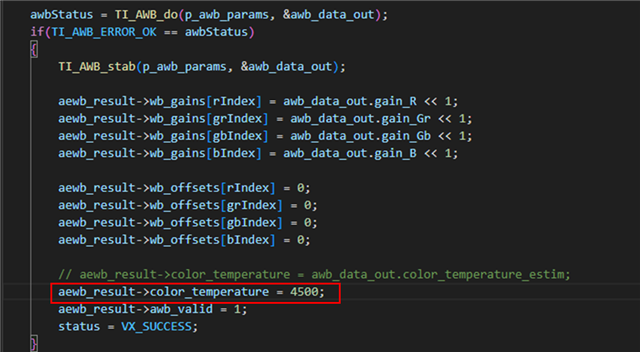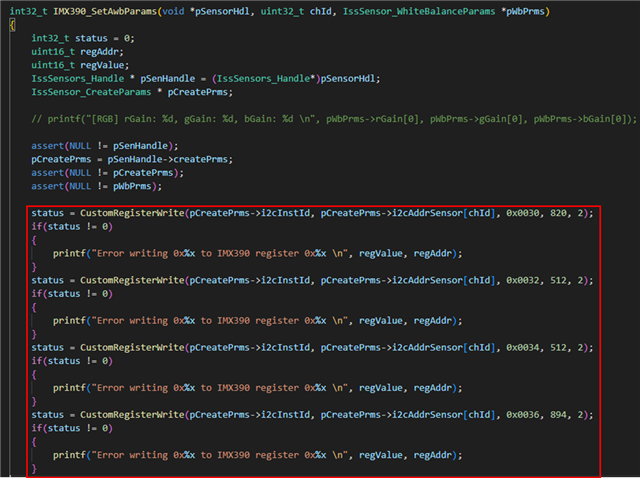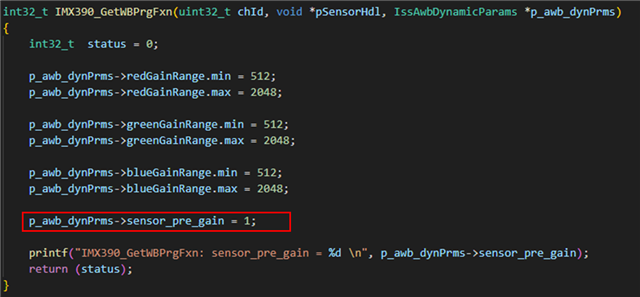Tool/software:
Hi, TI experts
We found a problem during our ISP tuning on IMX390 DISCOVERY, that images of single_cam app are a little different from multi_cam app.
We only enaled one camera for multi_cam app. And for images we took from these two apps, single_cam app always looks lighter.
Or to be more specific, we believe that the white balance of them are different.
Can you tell me is this true, or what's really different if it's not.
Best regards
Zhou










